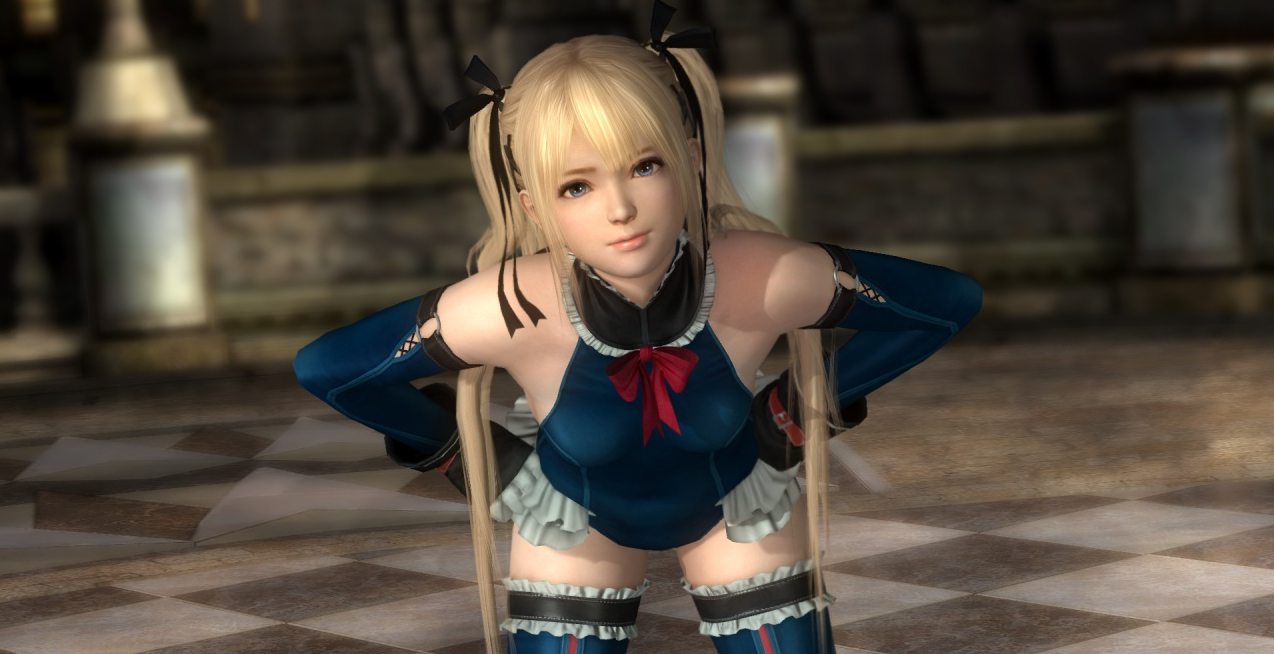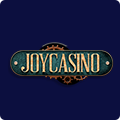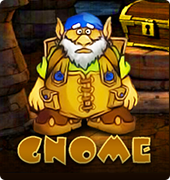| Виробник | BetSoft |
| Кол-во линий | 8154 |
| Кол-во барабанов | 29 |
| Фриспіни | Так |
| Бонусний раунд | Відсутнє |
| Мобільна версія | Відсутнє |
| Гра на подвоєння | Так |
Грати в Mega Money Multiplier в онлайн казино:
Dead or Alive 6 - Wikipedia
Dead or Alive (also known as DOA or DOA1) is the first installment in the Dead or Alive series. The insatiable ambition of the human race has lead to the abuse of scientific knowledge. She hears the vibration of the colliding power and the uncontrollable, violent melody. The shadow waves to the courages men and the dignified women. Its most defining features were its speed and countering system. Developed by Team Ninja and published by Tecmo, Dead or Alive was first released in arcades in 1996, using the Sega Model 2 system board and was later ported onto the Sega Saturn home console in Japan on October 9, 1997. Foolishly setting up the stage for the extreme battle on the land. Dead or Alive put an emphasis on speed and relied more on simplistic commands and reaction time rather than long combo strings.
Buy DEAD OR ALIVE 1 Ultimate Xbox
In 1998, a Play Station version of Dead or Alive was released in Japan, North America, and Europe, with a different graphics and fighting engine, new background music, and two additional characters. This arcade-only release used the Sony ZN-1 arcade board and, while graphically similar to the Play Station port of Dead or Alive, plays more like Dead or Alive 2. Furthermore, its countering system was the first in the fighting genre to utilize different commands that corresponded to each type of attack. The game introduced a bigger emphasis on stuns and to that end, two separate hold systems were included, one inside and one outside of critical state. There are two kinds of holds, an offensive hold (OH) and a defensive hold (DH); furthermore, these commands are executed by holding back or forward on the directional pad along with the guard input to either force away or counter-damage an opponent.

In 2004, the Sega Saturn version was ported onto the Xbox as part of Dead or Alive Ultimate. Finally, the game used an environmental addition called the danger zone, which surrounded the outer edges of the fighting arena (depending on the options, it could also completely consume it), and when a character came into contact with it, it sent them into the air so the opposing player could execute a juggling air combo. Dead or Alive was followed by the series' first sequel Dead or Alive 2 in 1999. However, this can be avoided with an Ukemi (defensive roll).
A girl catches her breath and stares down at the gathering of warrior gods below. Sega Saturn and Play Station: Clear Arcade/Tournament Mode with all the characters on the default settings Dead or Alive : Clear Tournament Mode with Kasumi, and enter "SIAWASE? Dead or Alive was unique in its debut in that it featured fairly different choices in gameplay than other 3D fighting games at this time.
Buy DEAD OR ALIVE 6 Full Game Xbox
Disappearing, the only thing left, the whistling noise of the wind. " at the name entry screen Tomonobu Itagaki has stated that he was dissatisfied with the way modern fighting games were presented; he missed the old arcade-style of play and had another vision for the fighting game genre.
Having worked for Tecmo for a long time, Itagaki was eventually given the opportunity to develop a fighting game. The game, the first Dead or Alive, was released in 1996 as an arcade game for the Japanese market. This was possibly because of the competing game Tekken, which was already a popular fighting game series for the Play Station. Four different versions of the original Dead or Alive were released: The original version of Dead or Alive was released in arcades worldwide in November 1996, utilizing Sega's Model 2 arcade board (it was also the first time Sega licensed their hardware to a third-party company; in this case, Tecmo).

The game ran on a modified Virtua Fighter 2 engine, featuring eight playable characters with three costumes each, and the boss character Raidou.
It was later ported to the Sega Saturn in Japan on October 9, 1997. Unlockables included the ability to play as Raidou, new costumes for each character, and Kasumi's System Voice. The game was never released in North America or Europe. However, this version was downgraded graphically compared to the arcade version.
Dead or Alive video game - Wikipedia
In contrast to the original's fully 3D modeled backgrounds, the Sega Saturn conversion used bitmap tricks and overlapping layers in the same fashion as the Sega Saturn version of Virtua Fighter 2 did. Some details in stages were removed altogether, such as the roof of L's Castle and the swaying bridge in Hayabusa's stage. On March 12, 1998 in Japan, Tecmo released Dead or Alive for the Play Station. This version included numerous differences compared to the arcade and Saturn versions; a different graphics engine with Gouraud shading, a revamped fighting engine, new background music, and new stages.
Similar to the Saturn version, the stages consisted of 2D bitmaps, but could now extend infinitely (similar to Tekken), which eliminated ring-outs.

 1.Українська Вулкан
1.Українська Вулкан  2.Вулкан Клуб
2.Вулкан Клуб  3.GMSlots
3.GMSlots  4.MaxBet
4.MaxBet  5.Eldorado Club
5.Eldorado Club  6.Joycasino
6.Joycasino 




